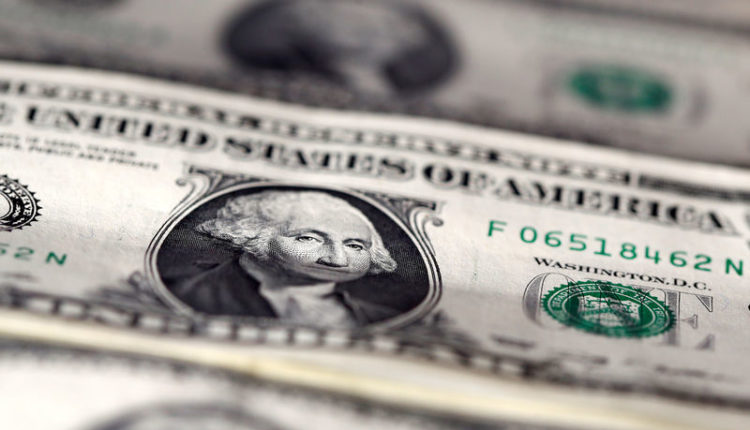Dollar rebounds as Washington, Beijing tamp down trade tensions
By Hideyuki Sano
TOKYO (Reuters) – The dollar held firm on Tuesday after some signs of rapprochement between Washington and Beijing soothed investors’ nerves after trade tensions between the world’s biggest economies escalated yet again late last week and over the weekend.
The dollar traded at 106.02 yen , flat in early Asia after having rebounded from near eight month lows of 104.46 touched on Monday.
Speaking on the sidelines of the G7 summit of world leaders in France on Monday, U.S. President Donald Trump said Chinese officials had contacted U.S. trade counterparts overnight and offered to return to the negotiating table.
His comments came after Vice Premier Liu He, China’s chief negotiator with Washington, said Beijing was willing to resolve the trade dispute through “calm” negotiations.
The remarks supported the dollar, which had been shaken by Trump’s announcement on Friday of an additional 5% duty on $550 billion in targeted Chinese goods.
“I was quite surprised by the big gains in the dollar/yen overnight. But it is not clear what the U.S. and China will do next, and I would expect the dollar to consolidate for the time being,” said Kyosuke Suzuki, director of forex at Societe Generale(PA:SOGN).
The euro stood at $1.1101 (EUR=), having shed 0.4% in the previous session.
The dollar index (=USD) rose 0.40% on Monday and last stood at 98.026.
The safe-haven Swiss franc also stepped back to 1.0867 per euro (EURCHF=R) from Monday’s 1.0840, reflecting the slight easing in risk aversion.
Yet, despite both Washington and Beijing showing a willingness to return to the negotiating table, there is still trepidation in financial markets given the absence of a clear path toward resolving a dispute that has dragged on for more than a year and hurt global growth, corporate profits and investments.
And analysts fear the planned tariff hikes could cause more damage to both the U.S. and Chinese economies and global supply chains.
The mounting risks to growth raises the chance of further monetary easing by the Federal Reserve, which has been under pressure from Trump to make massive rate cuts, undermining the dollar’s yield attraction.
Sterling traded at $1.2221 , after a 0.5% fall on Monday as investors reassessed whether British Prime Minister Boris Johnson had made any progress in convincing the European Union to renegotiate the Brexit agreement.
Johnson said on Monday he was prepared to take Brexit talks with the European Union down to the very last minute before the Oct. 31 exit deadline, and if necessary to take a decision to leave without a deal on that day.

